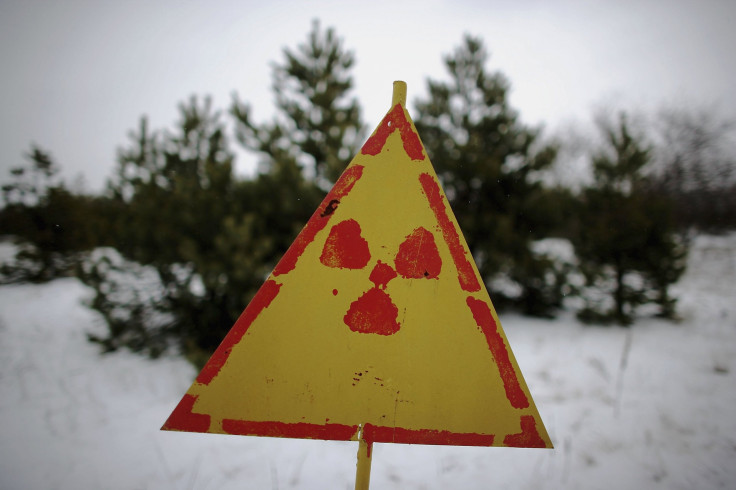Chernobyl 30 Years On: Residents In Affected Areas Still Eating Radiation-Tainted Food, Greenpeace Says

Almost 30 years after a flawed reactor design triggered the worst nuclear disaster the world has ever seen, people living in the affected areas in the region are still coming in daily contact with dangerously high levels of radiation, the environmental nonprofit Greenpeace alleged in a report released Wednesday.
“Due to the reduced financial support to deal with the aftermath of the Chernobyl disaster, control of contaminated foodstuffs is reduced, less money is available to implement protective measures, and less scientific monitoring data are available,” Greenpeace, which investigated the levels of radioactive contamination of locally produced food, said in the report.
Ukraine is currently reeling under a political turmoil made worse by pro-Russian insurgency in its eastern territories. This has severely impacted the country’s economy, which is believed to have contracted over 10 percent last year.
As a result, the Ukrainian government does not have sufficient funds to finance the programs needed to properly protect people from residual radiation, Greenpeace said.
“This means that the radiation exposure of people still living in the contaminated areas is likely increasing, even though this continuing impact of the disaster goes largely unnoticed. Thousands of children, even those born 30 years after Chernobyl, still have to drink radioactively contaminated milk on a daily basis.”
The Chernobyl disaster spewed out huge quantities of the radioisotopes caesium-137 and iodine-131. According to some estimates, the accident released 5,300 PetaBecquerels of radiation — nearly 10 times more than the amount released during Japan’s Fukushima disaster in 2011.

Of the greatest concern is the release, transport and subsequent deposition of caesium-137, which is able to pass through the food chain and hence contaminate milk, fish and other food products. Caesium-137 persists in forest ecosystems for decades, as it is incorporated in plants and trees due to uptake from the soil, as well as directly from the atmosphere through barks and leaves.
Given its half-life of 30 years, it will take several centuries for the radioactive pollution to decay.
“Of the 50 milk samples collected from three villages in the Rivne region [in Ukraine], located approximately 200 km from Chernobyl NPP, all but four contained caesium-137 at levels above the limit value set for consumption by adults in Ukraine, and all were substantially above the lower limit set for children,” Greenpeace said in the report.
Long-term exposure to radiation can lead to severe illnesses. Iodine-131, for instance, can increase risk of thyroid cancer, especially for those exposed as children. Studies conducted in the past have found an uptick in mortality among irradiated populations in the region, and increased risk of cataracts and mental health effects.
“Simple and practical measures that could help reduce the presence of contamination in food — such as sourcing hay and other forage from outside the contaminated areas, and radical improvement of fields and treatment of cattle with ferrocyn to reduce the transfer of radionuclides to milk — could and should be put in place,” Greenpeace said. “It is vital that scientific monitoring programs are reinstated, and properly financed into the future, to reduce the exposure to radiation these communities experience.”
© Copyright IBTimes 2024. All rights reserved.





















